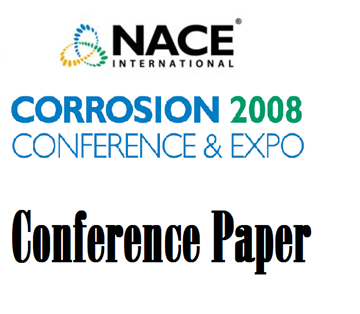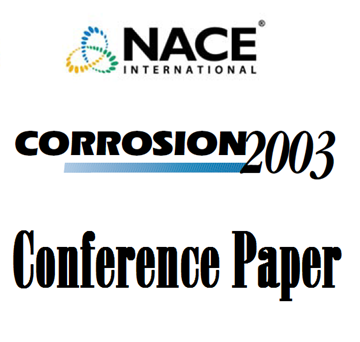Search
08551 Refinery Caustic Injection System: Design, Operation and Case Studies
Also Purchased
06219 Corrosion Resistance of Nickel Alloys in Caustic Solutions
Product Number:
51300-06219-SG
ISBN:
06219 2006 CP
$20.00
08194 Corrosion of Duplex Stainless Steels in High pH Caustic Solution
Product Number:
51300-08194-SG
ISBN:
08194 2008 CP
Publication Date:
2008
$20.00
03518 STRESS CORROSION CRACKING OF 304L STAINLESS STEEL IN SODIUM SULFIDE-CONTAINING CAUSTIC SOLUTIONS
Product Number:
51300-03518-SG
ISBN:
03518 2003 CP
Publication Date:
2003
$20.00




